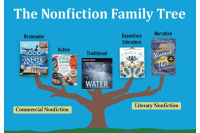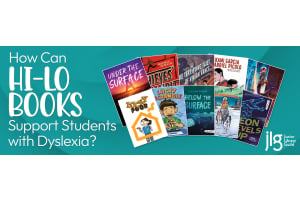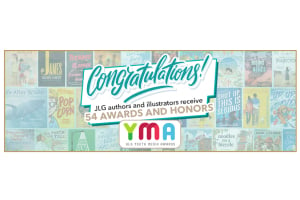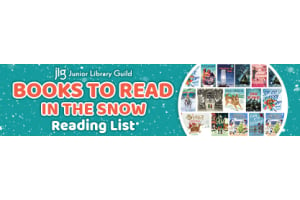How to Help Young Readers Enjoy Nonfiction This Summer


Are you running out of ideas on how to motivate your students to read? Maybe they’ve struggled in the past, or they haven’t yet found the types of books and authors that interest them most. And for some students, this may be especially true when it comes to nonfiction.
As award-winning nonfiction children’s author Melissa Stewart discusses in her recent article for the School Library Journal and her webcast with JLG’s Kayleigh Hanlin, some young readers associate nonfiction reading with the research they do for school projects, which they often find boring.
But the good news is, there are effective ways to help your struggling readers learn to enjoy nonfiction titles. Of course, there’s more than one type of nonfiction, and many young readers haven’t been exposed to all of them. What’s important is helping them discover the kinds of nonfiction titles that resonate with them most.
According to Melissa, there are five types of nonfiction books. And with the extra time they’ll have during the upcoming summer months, this is the perfect opportunity to help your young readers explore each type!
Traditional
This could be considered the original form of nonfiction. This type of title is often published in a large series and uses clear, concise language and an expository writing style. Its goals are to explain, describe, and inform.
Browsable
Spearheaded by Dorling Kindersley’s (DK) “Eyewitness Books,” the early 1990s saw significant changes in expository nonfiction. Browsable nonfiction books feature visually remarkable designs and illustrations, short text blocks, and extended captions. They provide young readers with an engaging way to access the information.
Narrative
This form of nonfiction began to gain popularity in the mid-1990s. It involves narrative prose that tells a true story or relates an experience. Many readers enjoy it because it includes most of the story elements they find in fiction – compelling characters and settings, as well as a narrative arc that includes rising tension, a climax, and a denouement.
Expository Literature
In 2001, Congress passed the No Child Left Behind Act, resulting in significant budget cuts for many school libraries. As a result, more and more websites started to appear that made kid-friendly information available at no extra cost. This meant that many schools saw nonfiction books featuring similar information as unnecessary purchases. So nonfiction children’s authors began taking steps to help their work stand out, and this is when we began to see the proliferation of expository literature. These books focus on a narrow topic, and the authors explore their subject matter in ways that reflect their personal passion for it.
Active Titles
Recently, we’ve seen a growing interest in active titles which, inspired by the maker movement, are highly interactive and often have the goal of teaching the reader a new skill. They may give instructions on activities like crafts projects or cooking, for example.
With summer quickly approaching, now is an excellent time to take stock of your library’s nonfiction selection. Do you have a good balance of all five types? What types could you use more of? And as always, we’d love to hear from you! Connect with us on Facebook, Twitter, and Instagram and let us know what you’re doing to spark your young readers’ interest in nonfiction!
Reference: Understanding—and Teaching—the Five Kinds of Nonfiction by Melissa Stewart, School Library Journal










